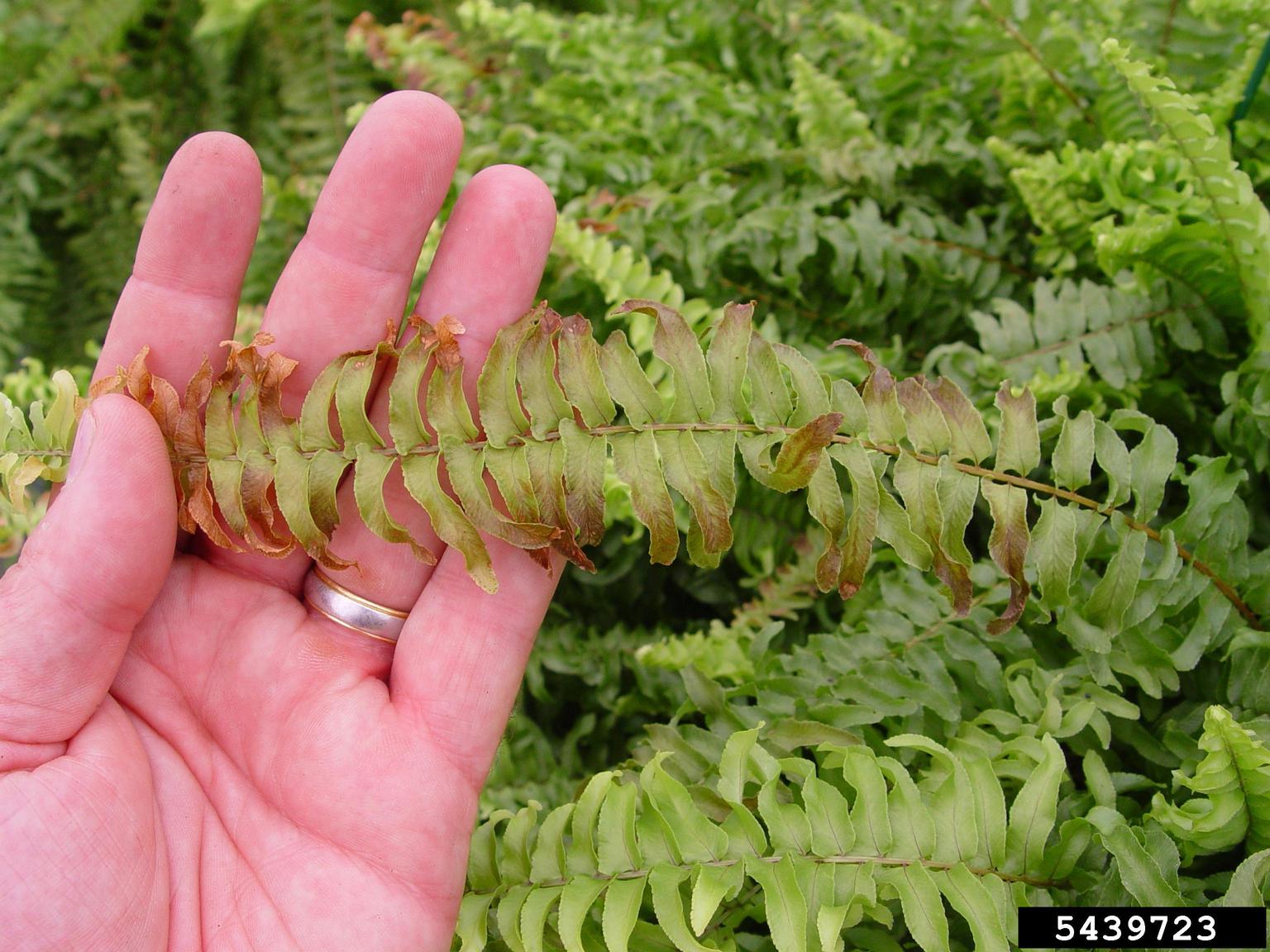Boston Fern Turning Brown: Treating Brown Fronds On Boston Fern Plant


Boston ferns are old-fashioned plants that bring the elegance of turn-of-the-century parlors to the modern home. They put one in mind of ostrich feathers and fainting couches, but their rich green foliage is a perfect foil for any decorating choice. The plant requires plenty of humidity and low light to prevent the Boston fern from turning brown. If you have a Boston fern with brown leaves, it might be cultural or simply having the wrong site for the plant.
Boston ferns are made for container gardening. As houseplants, they are easy to care for and add lush greenery to your home. Boston ferns are a cultivar of the Sword fern. The variety was discovered in 1894 in a shipment of these ferns. Today many cultivars exist of the fern, which is as popular now as it was in the 19th century. As a foliage plant, the fern can't be matched, but Boston fern browning on fronds minimizes the attractiveness.
Why is My Boston Fern Turning Brown?
Boston fern browning may be caused by poor soil, inadequate drainage, lack of water or humidity, too much light, excess salt, or simply mechanical injury. If your cat tends to chew on the leaves, the tips will turn brown and die. Or, if you fertilize too frequently and don't leach the soil, the salt buildup will make the fern discolor.
Since there are so many possible causes, eliminate the cat and the fertilizer, take a look at where the plant lives, and then turn your attention to your care.
Cultural Causes for a Boston Fern with Brown Leaves
- Light - Boston ferns need moderate light to produce the greenest fronds, but they are prone to burning on the tips if the light is too intense. Ferns should not be placed in southern windows, as the heat and light will be too much for the plant.
- Temperature - Temperatures should be about 65 degrees F. (18 C.) during the night and no higher than 95 degrees F. (35 C.) during the day.
- Water - The plant also needs consistent water. Maintain an evenly moist medium, but not soggy, to prevent brown fronds on Boston fern.
- Humidity - Humidity is another big part of Boston fern care. Misting is one way to add humidity, but it is only a short term solution, as the water will evaporate. Fill a dish with gravel and water and place the pot on top of this to increase humidity.
How Do I Fix Brown Fronds on Boston Fern?
If cultural issues aren't the reason for your Boston fern turning brown, it might need repotting or feeding.
- Repot Boston ferns using a mixture of 50% peat moss, 12% horticultural bark, and the rest perlite. This will have the excellent drainage the plant requires.
- Use a water-soluble plant food mixed to half the recommended strength every two weeks and once per month in winter. An Epsom salt solution applied twice per year will help keep the greenest color. Mix at a rate of 2 tablespoons per gallon (30 ml./4 L.) of water. Always rinse the foliage after fertilizing Boston fern plants to prevent leaf burn.
Following these steps should soon have your Boston fern looking its best.
Sign up for the Gardening Know How newsletter today and receive a free copy of our e-book "How to Grow Delicious Tomatoes".

Bonnie Grant is a professional landscaper with a Certification in Urban Gardening. She has been gardening and writing for 15 years. A former professional chef, she has a passion for edible landscaping.